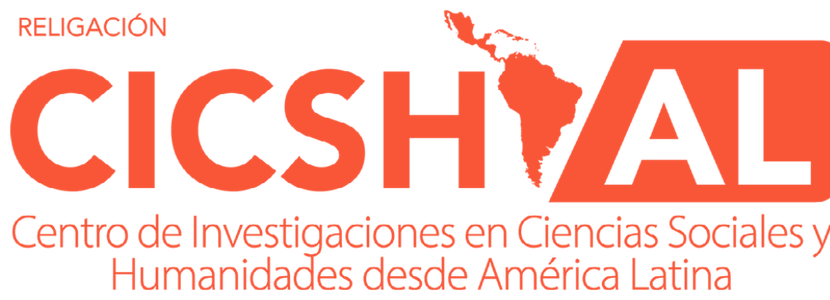Como a mídia digital está reescrevendo a gramática. Um livro para professores 2.0
Palavras-chave:
EFL (inglês como língua estrangeira), Gramática, Comunicação digital, Linguística.Sinopse
¨Como a mídia digital está reescrevendo a gramática¨ Explora como a tecnologia digital está reformulando a gramática do inglês, enfatizando que a comunicação digital vai além de simplesmente expressar a linguagem — ela a transforma ativamente. O livro equilibra preocupações sobre a erosão da gramática tradicional com o reconhecimento da criatividade e adaptabilidade emergentes na era digital. Destaca como novas formas de expressão, comunidades online e a comunicação democratizada estão redefinindo o uso da linguagem. Embora celebre essas mudanças, também aborda desafios como falhas de comunicação, a necessidade de alfabetização digital e questões éticas relacionadas ao impacto da IA na linguagem. Oferecendo uma perspectiva nuances, apresenta um quadro valioso para entender a complexa relação entre linguagem e tecnologia, tornando-se uma contribuição relevante para a linguística moderna.
Downloads
Referências
Alex. (2024a, 12 from November). How and Why Does Language Change Over Time? | Prestige Network. Prestige Network. https://n9.cl/v50ni
Ashar, L. C. (2024, 03 the May). Social media impact: How social media sites affect society. American Public University. https://n9.cl/6dg2p
Brock University. (n.d). Research guides: External Analysis Research: 5. Evaluating sources. https://researchguides.library.brocku.ca/external-analysis/evaluating-sources
Cloud4. (2024, 05 from July). Top technology innovations in the 21st Century | Timeline blog. Cloud4C. https://n9.cl/sxiov
Cuban, L. (2001). Oversold and Underused computers in the classroom. Cambridge, MA Harvard University Press.
Culture Online. (2023, 15 from November). English is often considered the de facto global language. https://n9.cl/2hp7w
Educause Review. (2024, 16 from October). English 2.0: AI-Driven Language Transformation. https://n9.cl/wvuwyd
Fitch, K. L., & Sanders, R. E. (2004). Handbook of Language and Social Interaction. Psychology Press eBooks. https://doi.org/10.4324/9781410611574
Foehr, U. G., Rideout, V. J., & Roberts, D. F. (2010). Generation M2: Media in the Lives of 8- to 18-Year-Olds. A Kaiser Family Foundation Study, 85.
Gooey Digital. (2024, 22 from August). How digital technology has changed language – the good, the bad and the smiley–gooey digital. https://n9.cl/65sgk
Hartshorne, D. (2024, 02 from July). The 7 best grammar checkers. Zapier. https://zapier.com/blog/best-ai-grammar-checker-rewording-tool/
Herring, E. B. S. C. (2011). Computer-Mediated communication. John Benjamins Publishing Catalog.
McWhorter, J. (2021). Nine nasty words: English in the Gutter: Then, Now, and Forever. Penguin.
Merrian-Webster. (n. d.). What are the origins of the English Language? https://n9.cl/b7klr
Mithen, S. (2024). The language puzzle: Piecing Together the Six-Million-Year Story of How Words Evolved. Hachette UK.
Nevalainen, T. (2017). Early modern English. Oxford Research Encyclopedia of Linguistics. https://doi.org/10.1093/acrefore/9780199384655.013.264
Early Medieval Migrations. (n.d.). Our migration story: The Making of Britain. https://n9.cl/dhwsfl
Phillipson, R. (2009). Chapter 5 The Tension Between Linguistic Diversity and Dominant English. In T. Skutnabb-Kangas, R. Phillipson, A. Mohanty, & M. Panda, (ed.). Social Justice through Multilingual Education (pp. 85-102). Bristol, Blue Ridge Summit: Multilingual Matters. https://doi.org/10.21832/9781847691910-008
Ranger, G. (2007). David Crystal, Language and the Internet. Lexis. https://doi.org/10.4000/lexis.1831
Salmon, G. (2013). E-tivities. Routledge eBooks. https://doi.org/10.4324/9780203074640
The Open Access Companion to the Canterbury Tales. (2017). A reference chapter from The Open Access Companion to the Canterbury Tales (September 2017).
Thompson, R. B., & Gleason, J. B. (2001). Language death. Applied Psycholinguistics, 22(2), 269–273. https://doi.org/10.1017/s0142716401212077
Turner, B. (2024, 24 from September). Will language face a dystopian future? How “Future of Language” author Philip Seargeant thinks AI will shape our&hellip. Livescience.com. https://n9.cl/0hc4r
University, N. S. B. P. O. L. A. (2008). Always On: Language in an Online and Mobile World: Language in an Online and Mobile World. Oxford University Press, USA.
Wikipedia. (2025, 28 from January 28). List of Indo-European languages. https://en.wikipedia.org/wiki/List_of_Indo-European_languages
William, B., Sheriffdeen, K., & Ade, M. (2024). The Evolution of Human Language: From Ancient Roots to Modern Complexity. ResearchGate.

Publicado
Séries
Licença

Este trabalho está licenciado sob uma licença Creative Commons Attribution 4.0 International License.





